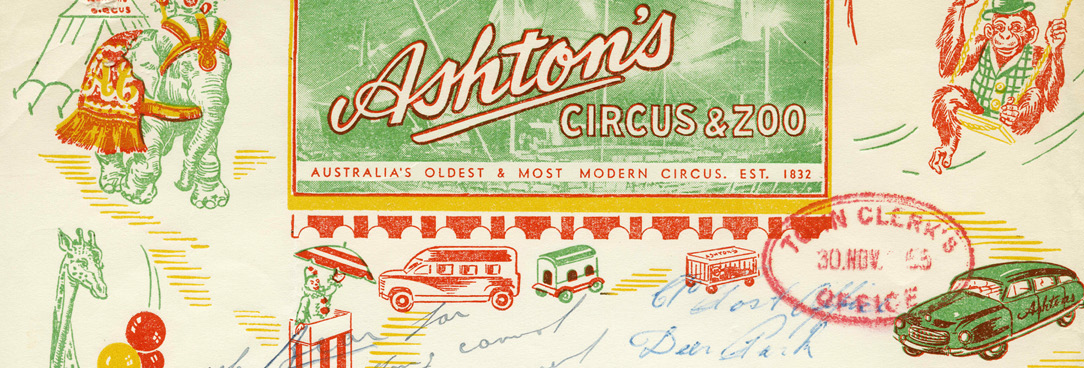Last updated:
Refereed articles
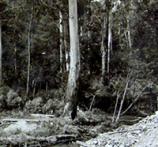
The creation of a monumental landscape
Expand SummaryThis article reveals the previously little-known early history of the Maroondah Reservoir Park, which was developed after completion of the Maroondah Reservoir in 1927. Located approximately seventy kilometres east of Melbourne, Maroondah Reservoir was an experiment. Not only was it the first reservoir constructed by the Melbourne and Metropolitan Board of Works (MMBW), established in 1891, but it was the first built under its somewhat contentious closed catchment policy. This policy offset prohibition of public access to water catchments with provision of adjacent landscaped public parkland. The development of attractive and publicly accessible parkland as an adjunct to the reservoir was thus central to the success of the venture. What was achieved at Maroondah Reservoir was the creation of one of the most impressive landscapes – indeed a ‘monumental landscape’ – ever designed for public purposes in Victoria. Maroondah Reservoir Park became the MMBW’s showpiece public garden, and its success made it the model for all of the MMBW’s subsequent reservoir parks.
Documentary records held by Public Record Office Victoria provided detailed accounts of formative landscaping works in the park and yielded new insights into many aspects of the park’s development over the past almost 90 years. Significantly, they revealed the previously unknown fact that Hugh Linaker, one of Victoria’s foremost landscape designers and tree planters in the 1920s and 30s, was responsible for the impressive tree collection still enjoyed by visitors today. These records played an important part in assessing Maroondah Reservoir Park as being of historic, aesthetic, social and scientific importance to the State of Victoria.

Letterheads and the iconography of urban modernity
Expand SummaryThe decorative letterhead as an ephemeral visual source is part of the minutiae of daily institutional correspondence from which the historian can draw a clear sense of the interchanges of information and the vectors of knowledge crisscrossing city, continent and globe. This article will focus on a sample of letterheads contained within City of Melbourne records held at Public Record Office Victoria and consider the ways in which letterhead design and symbolism reveal the concerns of its citizens, display the material culture of the city, and legitimate certain ideologies.
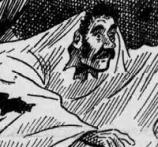
Ghost Hoaxing and Supernaturalism in late Nineteenth-Century Victoria
Expand SummaryOn the night of Wednesday 29 May 1895, two young ladies were approached by a spectral figure clad in black robes, with arms and face covered in phosphorescent paint. This individual frequently patrolled the area around Sturt Street and Dana Street in Ballarat attempting to harass young women. A search of newspaper articles from this period indicates a wide-spread proliferation of ghost hoaxing, referred to as ‘playing the ghost’, between the 1870s and World War I, with a particular focus on the Ballarat region in central Victoria. This extraordinary behaviour occurred in the context of the rising popularity of spiritualism, which challenged traditional notions of the role of the dead, as well as a similar proliferation of ghost and monster hoaxing in Britain, perhaps best exemplified by the character of Spring Heeled Jack.
This paper examines the phenomenon of ghost hoaxing in late nineteenth- and early twentieth-century Victoria through its reportage in the print media of the era, with a focus on the causes and legacies of the phenomenon in the broader cultural context of central Victoria and the Goldfields region.
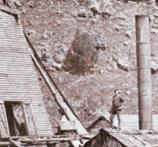
Little physical evidence remains at Springdallah to show for the once-thriving communities that lived and worked there for several decades from the late 1850s. The land that stretches across waterways, cliffs and valleys between Linton and Cape Clear, thirty kilometres south-west of Ballarat, has now reverted to the pastoral landscape that had developed before gold was discovered. Scottish pastoralists created sheep and cattle runs that, after twenty years of idyllic living, were overrun by gold-diggers and their dogs. This paper reveals the nature of the Scots who lived in the Springdallah communities. From pastoralists to mining families, intermarrying and sometimes sharing similar cultural backgrounds, the Scots made an important contribution to the shared community network in this unique and inadequately examined period of Australia’s history.
Forum articles
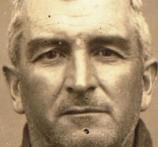
The story of Francis O’Brien, Mildura High School Headmaster and family annihilator
Expand SummaryOn 28 May 1934, Francis O’Brien (Frank) slit the throats of his wife, three children and then himself. Discovered close to Frank’s body was a small black book entitled Preparation for Death, edited and translated by Dr Coffin. It was a premeditated murder–suicide.
Upon investigation into the circumstances surrounding the familicide, police discovered that this was the same Francis O’Brien who killed his wife with a hammer 10 years previous while he was Headmaster at Mildura High School.
How did the system fail Frank and his family? What are the conditions surrounding both murders and what was Frank’s state of mind really like? Using records from Public Record Office Victoria (PROV) this article explores Frank’s life and the events surrounding both murder cases; it takes a look at the mental health and crime prevention processes that were in place at the time, and examines how such a horrendous tragedy was able to occur in the first place.

Excavating land files of the World War I Discharged Soldier Settler Scheme from within Closer Settlement files at Public Record Office Victoria
Expand SummaryAccessing land files which document leases held by participants in Victoria’s World War I Soldier Settlement Scheme has required researchers to take an indirect and challenging pathway of discovery. For the most part, these records could not be easily discovered within our online catalogue because most of the records were located within files otherwise identified as Closer Settlement records. This paper focuses on the preparatory work that was completed to facilitate PROV’s major contribution for the 100th anniversary of World War I, an online tool that identifies both the discharged soldiers and the files in question. The paper outlines why the tool is needed, how the preparatory research was undertaken and the new insights gained into the record series containing the majority of the files. Further information about the Battle to Farm project is available on the PROV website.

Information in Records of Admission Held by Public Record Office Victoria
Expand SummaryThe research described in the article has as its primary purpose the production of a complete and accurate list of lawyers admitted to practise in Victoria prior to 1901 from records held by Public Record Office Victoria (PROV). The secondary purpose is to gather any basic biographical data about those lawyers available in the admission records. The article describes the structure of the legal profession in the nineteenth century and provides an account of the changing names and structures of the superior courts with jurisdiction over Port Phillip and then Victoria. Discussion of PROV’s records of admission provides details of the relevant record series, their scale and format. Particular attention is given to the content of the records, and also to their completeness and some practical difficulties in using them. The article also looks briefly at some demographic characteristics of the barristers as a group: sex, age and ancestry
